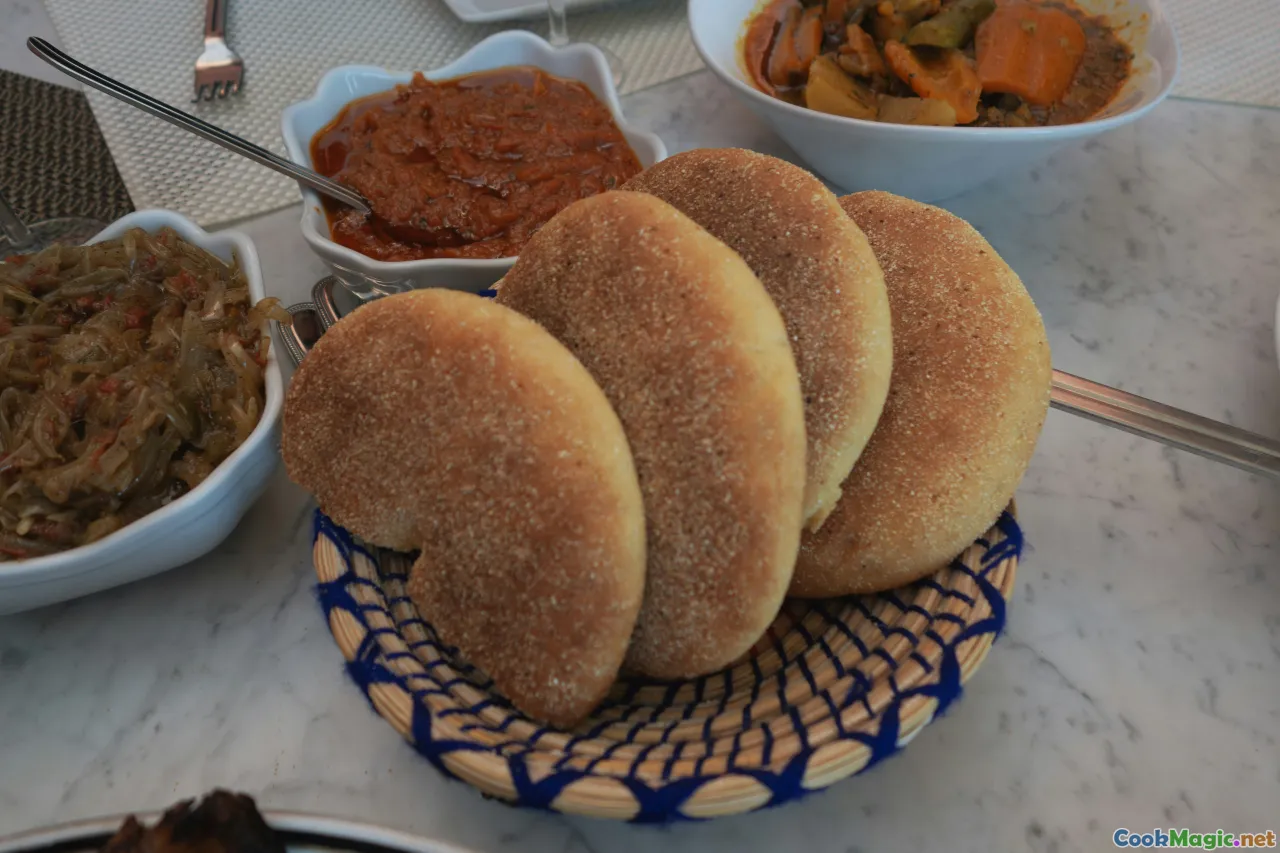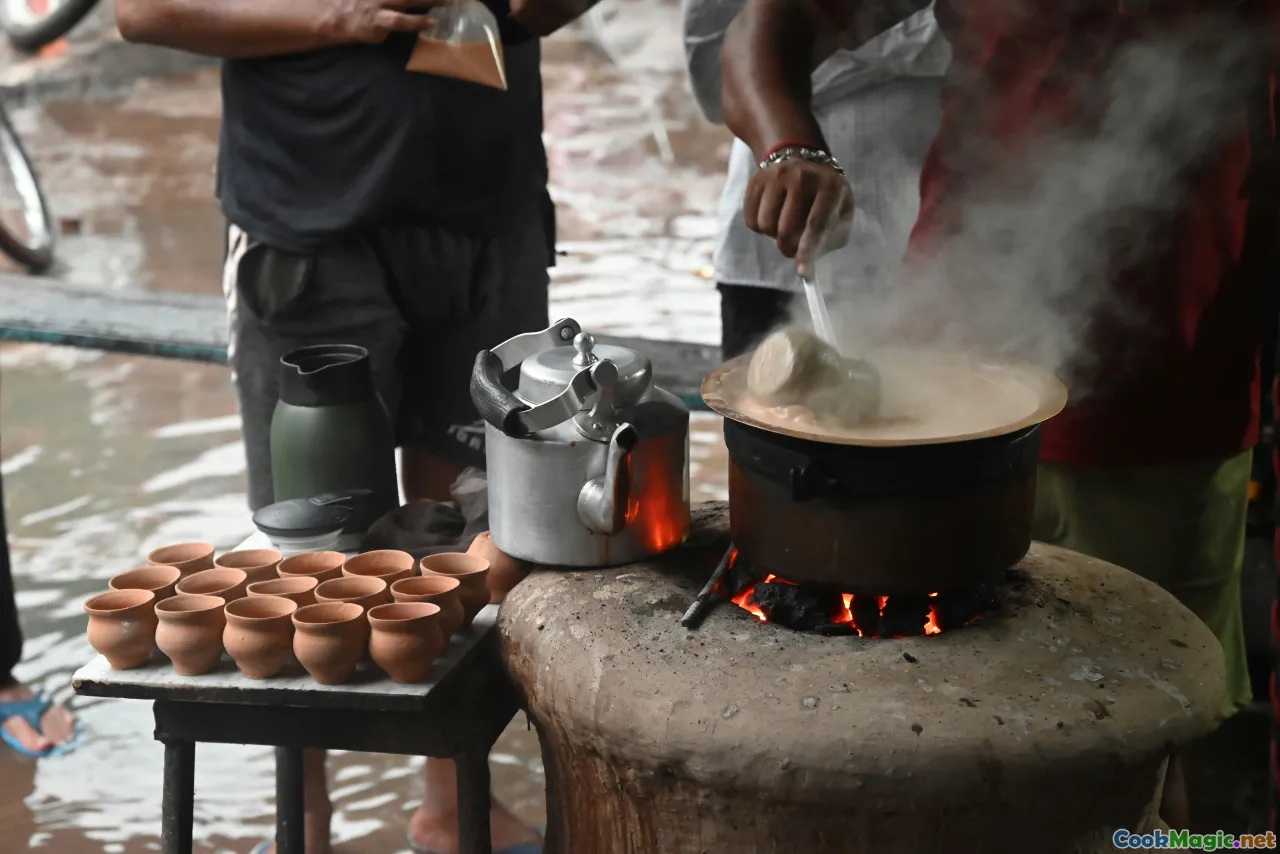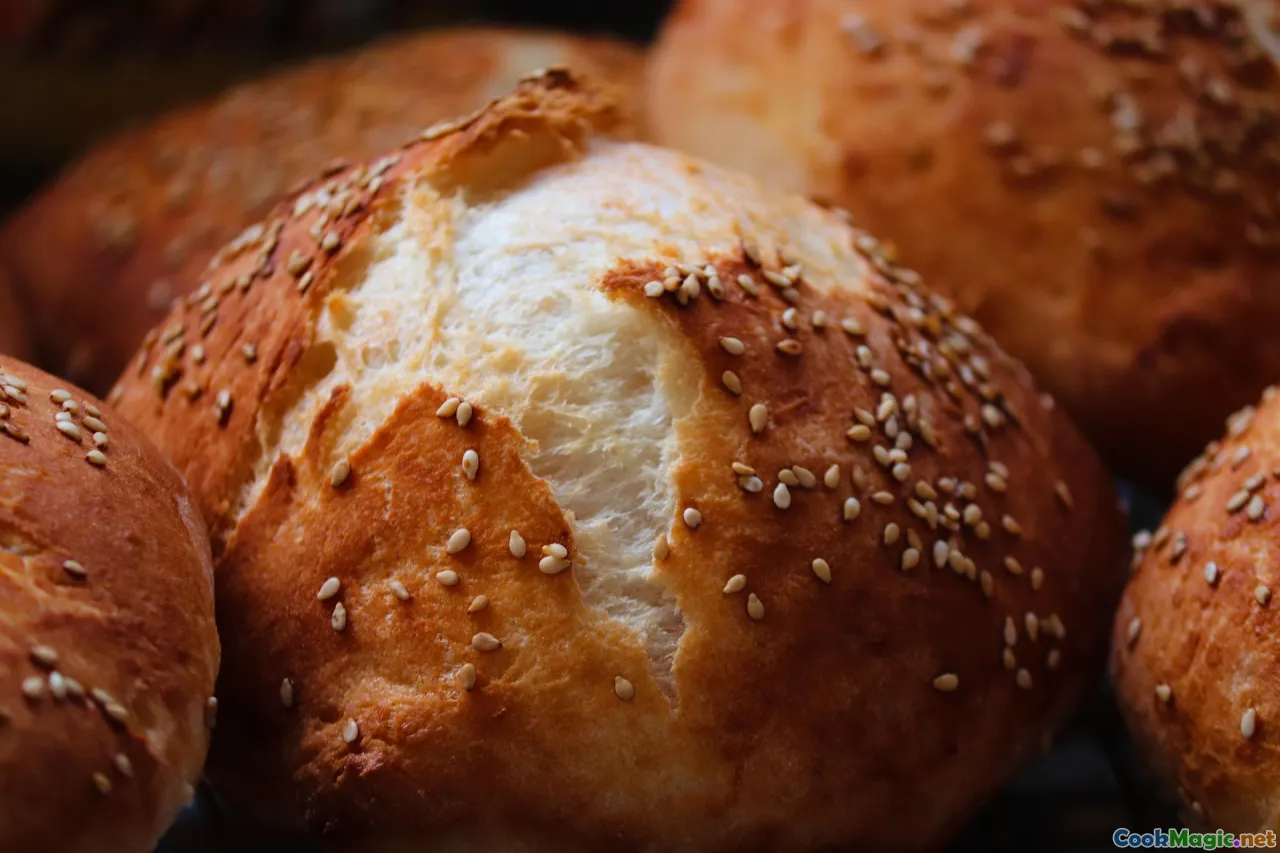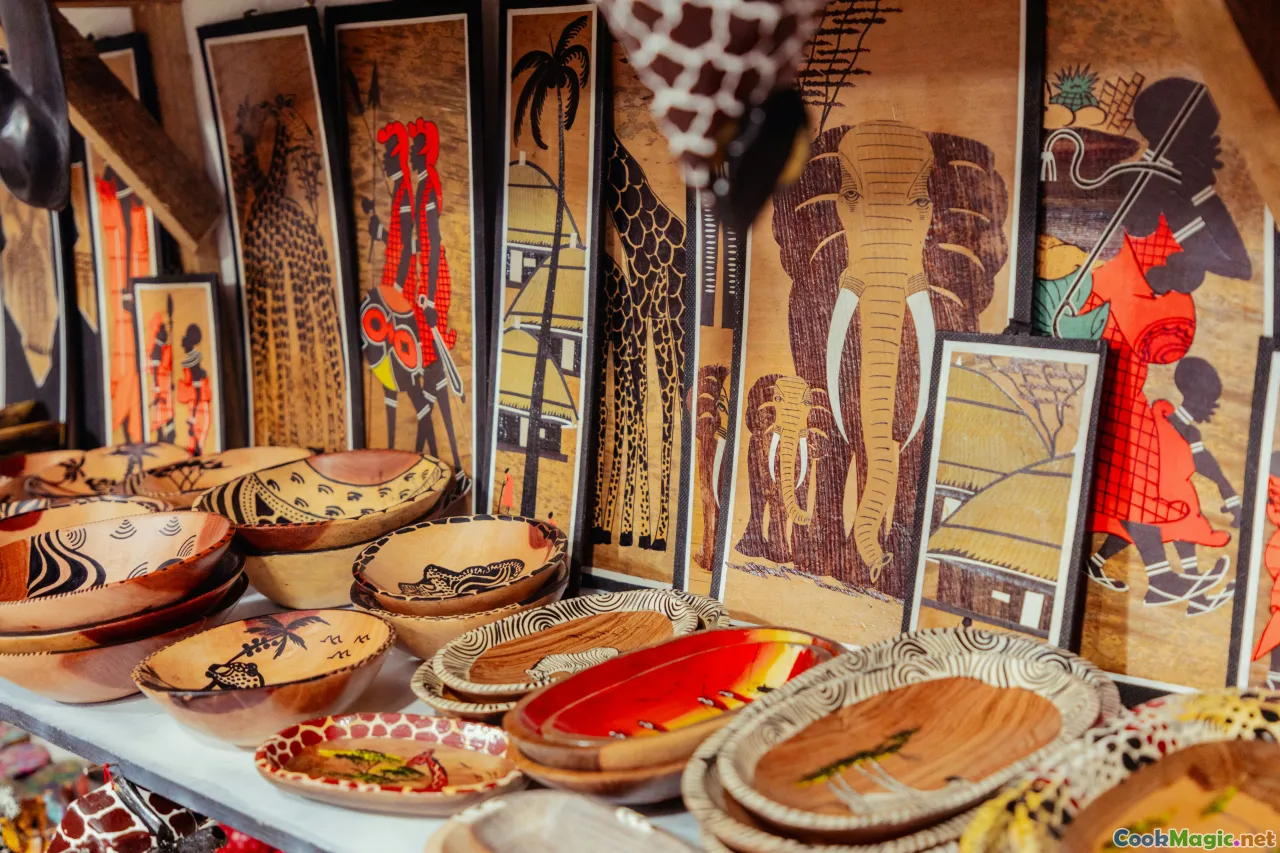Celebrating Ghanaian Breads like Tea Bread
11 min read Explore the rich tradition of Ghanaian breads, focusing on the delightful Tea Bread and its cultural significance in West African culinary heritage. June 26, 2025 18:05
Celebrating Ghanaian Breads: A Deep Dive into The Rich World of Teas and Toasts
Ghanaian cuisine is a vibrant tapestry woven with flavors, textures, and aromas that beckon the senses and evoke centuries of tradition. Among its culinary treasures, breads hold a special place—serving not just as sustenance but as cultural symbols, communal ties, and personal nostalgic favorites. Today, we journey into one of Ghana's beloved bread varieties—the illustrious Tea Bread—celebrating its history, cultural significance, and unique flavor profile.

The Sweet Allure of Ghanaian Tea Bread: A Cultural Staple
Ghanaian Tea Bread isn’t just a snack; it’s a cultural phenomenon, a warm embrace in edible form enjoyed across generations. Characterized by its subtly sweet flavor, moist yet crumbly texture, and tantalizing aroma, Tea Bread is pervasive in markets, bake shops, homes, and social gatherings.
The origins of Tea Bread in Ghana are intertwined with colonial influence and the adoption of Western teatime traditions. However, over decades, it has transcended its origins, becoming a uniquely Ghanaian staple—an everyday comfort source for many.
This bread is commonly baked in small loaves or buns, often with a soft, golden top, speckled with raisins or other dried fruits, lending sporadic bursts of sweetness and chewiness. Its smell—rich, slightly toasty, with hints of vanilla and cinnamon—permeates the air during local baking sessions, instantly awakening memories of home.

The Art of Baking Tea Bread: A Personal and Cultural Tale
Baking Tea Bread in Ghana is an art passed down in families, small bakeries, and by enthusiastic home bakers who treasure the nostalgic process. In many homes, the aroma from a freshly baked loaf signals companionship and hospitality. The process is simple but rich in tradition.
Ingredients often include:
- Flour (preferably bread or all-purpose)
- Sugar (white or brown)
- Fresh yeast or active dry yeast
- Warm milk
- Butter or margarine
- Eggs
- Raisins or other dried fruits
- Spices like nutmeg, cinnamon, or vanilla
Typical steps involve:
- Proofing the yeast in warm milk with sugar, allowing it to foam—a step that builds anticipation.
- Mixing the yeast mixture with flour, softened butter, eggs, and spices to form a soft, sticky dough.
- Kneading until elastic, then allowing the dough to rise until it doubles in size.
- Shaping the dough into loaves or individual buns, dotting with raisins.
- Baking in a preheated oven at about 180°C (356°F) until golden brown.
The communal aspect of this baker’s craft is deeply woven into Ghanaian society—neighbors often share their freshly baked loaves or exchange tips and techniques, strengthening bonds over shared culinary heritage.

Variations Across Regions and Innovators
While the classic Tea Bread maintains its charm, Ghanaian bakers have innovated in many ways. Variations include adding grated coconut for moisture and flavor, incorporating tart cherries instead of raisins, or topping with a sprinkle of cinnamon sugar for an extra crunch.
In Accra’s bustling markets like the Osu and Kaneshie, vendors display beautifully glazed loaves, some topped with sesame seeds, others with a dusting of powdered sugar. These small tweaks cater to varying palate preferences and demonstrate the evolution of this humble bread.
Notably, some bakers experiment with whole wheat or gluten-free flours to accommodate dietary needs, preserving the cultural essence while adapting to modern nutrition consciousness.

Tea Bread and the Ghanaian Social Fabric
Beyond its culinary appeal, Tea Bread plays a significant role in Ghanaian social life. It often accompanies communal tea gatherings, served at family events, or gifted during festivals and celebrations. The act of sharing Tea Bread symbolizes hospitality, communal bonding, and respect.
In several communities, mothers bake tea bread for their children to take to school, instilling a sense of pride and tradition from a young age. Friends exchange slices over casual chats, turning a simple snack into a ritual that reinforces social ties.
A particularly touching aspect is how street vendors in cities like Kumasi and Takoradi prepare and sell tea bread from early dawn. Their aroma beckons passersby, inviting impromptu conversations and generosity.

Pairing and Serving: The Ghanaian Way
Ghanaian Tea Bread lends itself to complementary pairings that elevate its subtle sweetness.
- Hot Ghanaian Tea or Coffee:The warm, robust aroma of Ghanaian roasted coffee—like the traditionalKofi Brokeman—or strong black tea enhances the bread’s sweetness.
- Milky Beverages: A cup of chilled or warm milk introduces a comforting contrast.
- Fruits and Nuts: Fresh bananas, roasted groundnuts, or a spread of spicy peanut butter serve to augment the flavor profile.
Served sliced alongside a steaming cup during breakfast or as a snack alongside a glass of chilled ginger juice, Tea Bread becomes more than just food; it’s a sensory experience.

Preserving and Promoting Ghanaian Breads in a Global Age
As culinary borders shrink and food enthusiasts explore diverse traditions, Ghanaian breads like Tea Bread are gaining admiration beyond borders. Chefs and home cooks worldwide are embracing the texture and flavor nuances.
Efforts by culinary advocates include workshops, recipe blogs, and even Ghanaian-themed food festivals that showcase baked goods, sharing stories that root these recipes in cultural identities.
In Ghana itself, modernization has seen an uptick in commercial bakery chains emphasizing consistent quality, often experimenting with new flavors while respecting tradition. The inclusion of Tea Bread in urban cafes as an accompaniment to Ghanaian soy-milk-based drinks or even as part of contemporary brunch menus exemplifies its versatility.
Tips for the Enthusiast:
- Use fresh yeast and allow proper proofing for fluffy, well-risen bread.
- Incorporate local spices like ginger or nutmeg for a Ghanaian flavor twist.
- Don’t shy away from experimenting with dried fruits—papaya, pineapple, or even dried apricots lend vibrancy.
- Store Tea Bread in an airtight container to maintain moisture.

A Final Bite
From humble home kitchens to bustling market stalls, Ghanaian Tea Bread embodies more than a simple baked good—it’s a symbol of heritage, warmth, and communal joy. Its journey from traditional household favorite to a celebrated culinary asset illustrates how food deeply anchors cultural identity.
Whether enjoyed with a cup of Ghanaian kapsa or shared among friends during a cozy gathering, Tea Bread is a testament to Ghana’s rich culinary storytelling—sharing bites of history, community, and love.
So next time you indulge in a slice, remember you’re tasting more than bread—you’re savoring a piece of Ghanaian soul.










